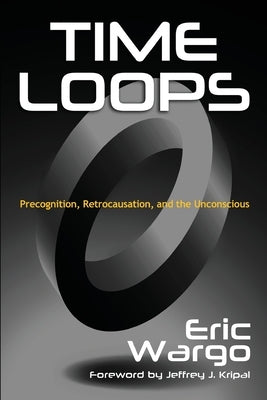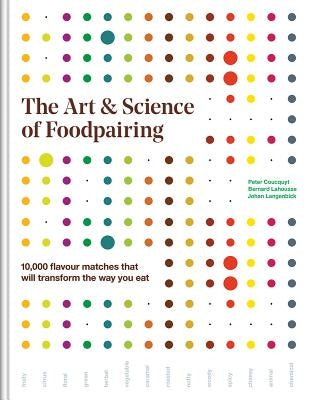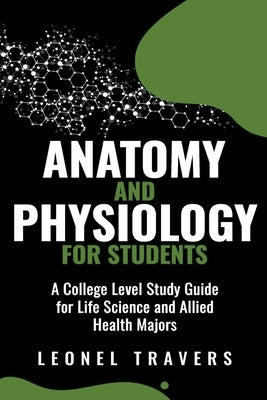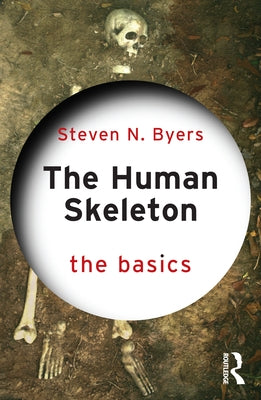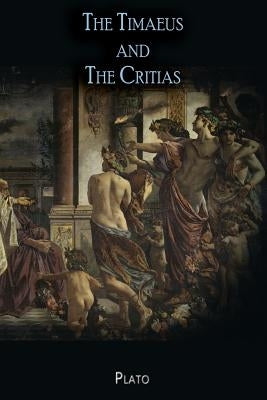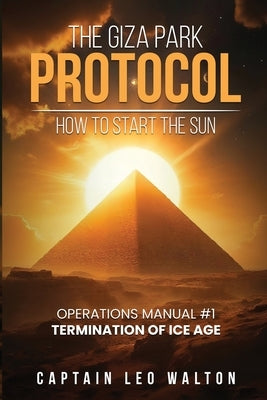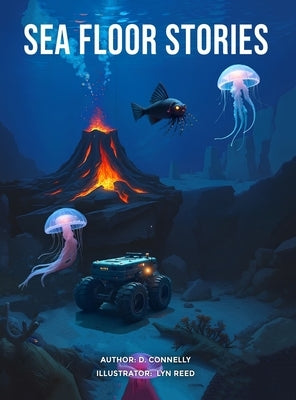The Official ACT Science Guide
$15.99
$20.95
National Geographic Birder's Life List and Journal
$14.99
$19.99
Fundamentals of Electrical Substations
$25.99
$29.99
Radiology Terminology: The Language of Medical Imaging
$14.99
$15.99
Lonely Planet Kids How Everything Works
$13.99
$18.99
Plasma Physics and Fusion Energy
$109.99
God: The Failed Hypothesis
$18.99
Fundamentals of Astrophysics
$49.99
Sea Floor Stories
$22.99
Boundary-Layer Theory
$249.99
Botany for Everyone: Cones
$19.99
Quantum Chemistry, 2nd Edition
$133.00






